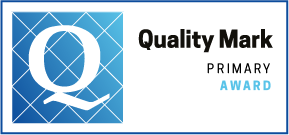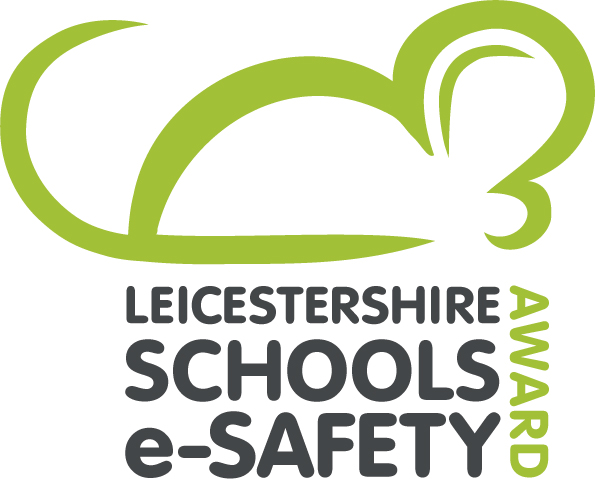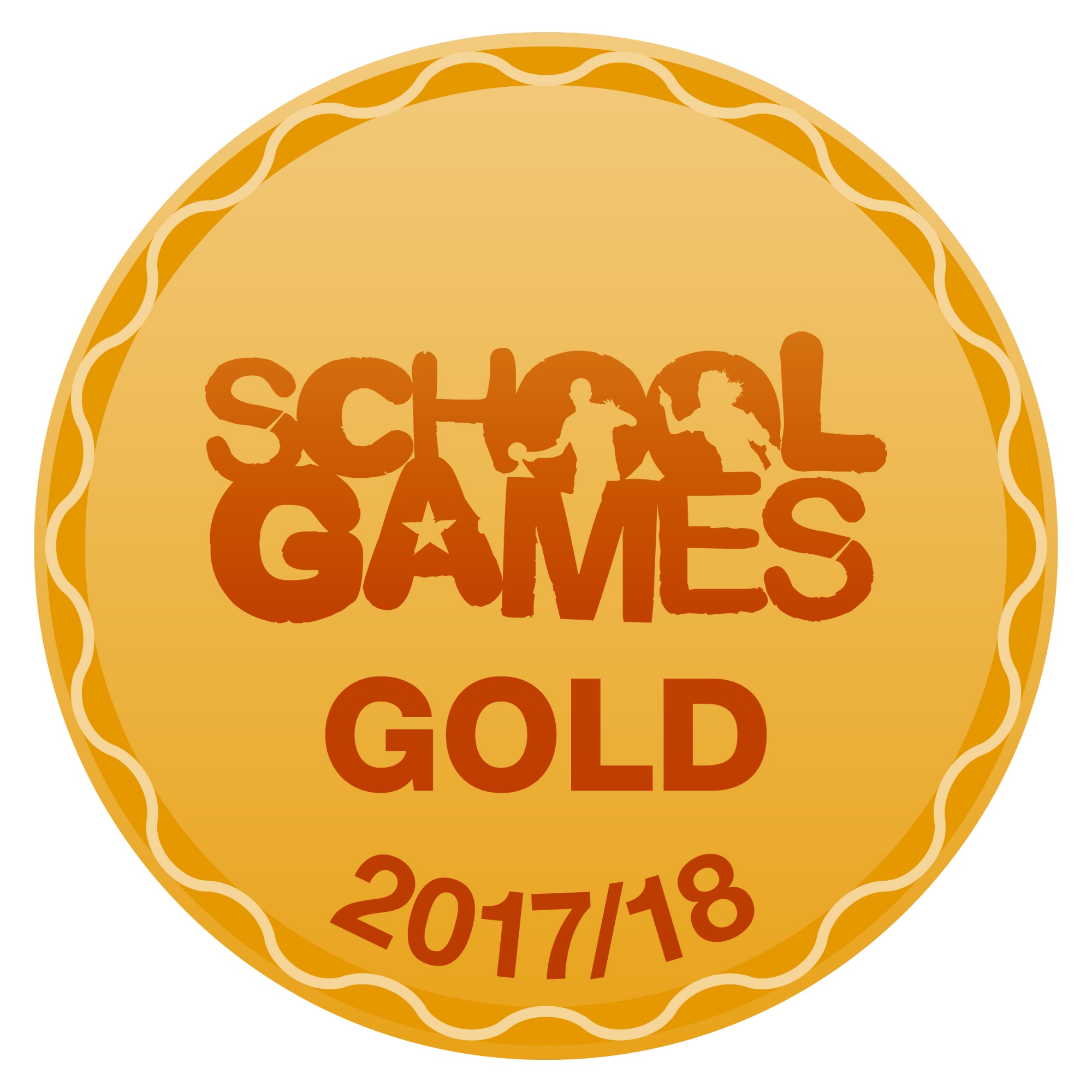Early Years
Together We Make Learning A Memorable, Unmissable Adventure
Curriculum Intent
We have high expectations of our children and staff as we understand the importance of a strong foundation as a basis for future learning. We have chosen to maintain a mixed reception and year 1 class so that those pupils who need longer to develop early skills can do so though a curriculum which is child centred and based in learning through play.
As outlined in the Statutory Framework “Every child deserves the best possible start in life and the support that enables them to fulfil their potential. Children develop quickly in the early years and a child’s experiences between birth and age five have a major impact on their future life chance.”
We adhere to the Statutory Framework and the four guiding principles that shape practice within Early Years settings:
- Every child is a unique child, who is constantly learning and can be resilient, capable,confident and self assured
- Children learn to be strong and independent through positive relationships
- Children learn and develop well in enabling environments, in which their experiences respond to their individual needs and there is a strong partnership between practitioners and parents and/or carers.
- Children develop and learn in different ways and at different rates.
Alongside these guiding principles we also aim to:
- Provide children with an ambitious, appropriate to them curriculum that gives them, (particularly disadvantaged) the knowledge, self-belief and cultural capital they need to succeed in life.
- To have the same academic ambitions for all children. For children with particular needs, such as SEND, their curriculum is designed to be ambitious and to meet their needs.
- Design a curriculum that is coherently planned and sequenced. Building on what children know and can do, towards cumulatively sufficient knowledge and skills for future learning.
- Carefully plan an enabling environment that remains consistent for children. encouraging them to becoming independent learners.
- Ensure layout of provision and resources are carefully planned by EYFS leads to maximise learning potential.
- Develop independent learners with high levels of resilience and emotional well-being. Children are able to respond well to set backs and are aware that adapting work is part of the process. This is evident in the beautiful work they carry out during adult guided and independent learning sessions.
- Ensure there is a sharp focus on ensuring that children acquire a wide vocabulary, communicate effectively, and secure a knowledge of phonics which gives them the foundations for future learning to become confident and fluent readers.
- Ensure that schools approach to teaching reading and synthetic phonics is systematic and ensures that all children learn to read words and simple sentences accurately by the end of Reception.
Our curriculum is led by children’s needs(what knowledge and skills they need to obtain in order to be successful with their later schooling) and interests across the 7 areas of learning to enable the children to achieve and exceed the early learning goals.
Underpinning our curriculum are the Characteristics of Learning, which are;
- Playing and Exploring - Engagement
- Active Learning - Motivation
- Creating and thinking critically
All the seven areas of learning and development are important and inter-connected.
Our curriculum is based on the prime areas guided by our curriculum drivers for all pupils:
- Reading
- Character
- Creativity, reasoning and communicating
Example, continuous provision map
Curriculum implementation
- Learning is coherently planned and sequenced to support new knowledge and skills, it is meaningful and relevant to the children.
- The curriculum is built around essential knowledge that children need to prepare them for future success.
- Practitioners know the children well. Knowledge/themes and skills are carefully selected from the children’s starting points focusing on what the children need to learn in order to move their learning on.
- There are opportunities for child initiated learning within planned learning to capitalise on children’s interests in order to achieve learning outcomes.
- Vocabulary is carefully selected and displayed on working walls. Retention and use of this vocabulary is of high importance for all staff.
- The curriculum is taught through a stimulating, creative, play based curriculum which covers the seven areas of learning.
- There are opportunities for children to engage in both adult and child-initiated activities.
- All activities, provocations, and lines of enquiry are designed to enhance vocabulary, build curiosity and engage children with enthusiasm for learning.
- Observation and assessment inform planning to ensure all children are meeting their next steps.
- Resources in the environment are carefully selected and introduced appropriately to support and embed new knowledge.
- the environment is organised so that learners can find the resources they need to support .
The quality and nature of indoor and outdoor learning environments are seen as central to effective practice and good outcomes in Reception as these provide the breadth of opportunity necessary to ensure that all aspects of the statutory EYFS are addressed appropriately (Early Excellence, 2016).’
- Children have access to both indoor and outdoor carefully planned provision. Outdoor provision does not mirror indoor learning but supports active play based learning and movement, managing risks and taking challenge, problem solving, creativity and language in a way which may not be possible in the indoor environment.
- Children show high levels of involvement in their learning. Taking responsibility for their learning means children are engaged with what is being taught and able to show their understanding in a way that is appropriate to them. Learning is then more likely to enter long term memory.
- We promote equality of opportunity and anti-discriminatory practice. We provide early intervention for those children who require additional support. Use of picture books from the No outsiders scheme enable children to understand that difference is valued and respected.
- We value our partnership with parents and work closely with them. All parents are invited to attend a meeting with key staff prior to entry and an introduction to school life event in September. Parents are offered an opportunity to be paired with a current parent ( parent buddies). Our year 5 and 6 pupils volunteer to buddy with new pupils and their families to support transition to school.
- There is a high priority to support children’s emotional security and development of their character in line with our curriculum drivers.
- We are keen to develop the following ‘executive functions’ which children need to make progress, which appear to be vital for children to develop if the gap in achievement is to be narrowed between disadvantaged and their peers. Through enabling environments, positive relationships and PSHCE we develop and celebrate:
1. Cognitive Flexibility i.e. switching perspectives;
2. Inhibitory Control: ability to stay focused despite distraction, have selective focused attention, stay on task;
3. Working Memory: holding information in mind and mentally working with it, making sense of what unfolds over time, relating events, ideas, learning from before to now, reasoning, cause and effect, remembering multiple instructions in sequence and following step by step in correct order (CREC, 2014).
The evidence indicates that these aspects of development are more important than IQ, entry level reading, or maths (Blair and Diamond 2008).
Equality of opportunity
We recognise the importance of speech, language and communication in accessing the curriculum. There is a close link between the number of words children know and their future success (Ofsted, 2019). Children with poor speech, language and communication will have difficulty in accessing thinking skills, needed to explain, suggest, reason and discuss and also will have difficulty in accessing the language skills needed to read and write with meaning (Fisher, 2016).
We provide opportunities in all settings for children to develop language to:
- Build strong relationships
- Communicate their ideas and their feelings
- Think creatively and critically
- Use it as a tool for learning
- Use it to become confident with the written word (Fisher, 2016).
We acknowledge that some children who start school disadvantaged need support with their communication and language skills in order to access the curriculum.
Adults use language to:
- Build warm relationships
- Get to know and understand the children better
- Model language
- Model the process of thinking
- Scaffold learning
- Affirm and consolidate children’s learning
- Extend children’s thinking and learning (Fisher, 2016).
You will observe a balance of the following adult interactions (definitions taken from Fisher, 2016):
- Adult led learning: learning that is carefully planned with outcomes they want the children to achieve. These are planned with prior knowledge of the children’s learning experiences and with guidance from the EYFS.
- Adult initiated learning: The practitioner still has a clear purpose for planning an activity, enhancement or experience based on the knowledge of the children and previous learning. Children are given opportunities to consolidate their learning, knowledge and skills and embed them into long term memory. The practitioner will set up a learning activity with the express intention of promoting certain kinds of knowledge or understanding. The children then access this independently. The practitioner will return to this activity later but the children have the opportunity to take the planned learning in different directions and arrive at different end points. Through observation, the practitioner can identify what the children know and where the learning may go next.
- Child lead learning: the practitioner supports learning within a carefully planned environment. They will follow the children’s thinking and engage in sustained shared thinking with the child/ children (Fisher, 2016). This encourages dialogue, negotiation of meanings and co-construction of understanding (CREC, 2014).
Personal, Emotional And Social development
Personal, social and emotional development involves helping children to develop a positive sense of themselves, and others; to form positive relationships and develop respect for others; to develop social skills and learn how to manage their feelings; to understand appropriate behaviour in groups; and to have confidence in their own abilities
PSED has three aspects:
Self-Regulation • Show an understanding of their own feelings and those of others, and begin to regulate their behaviour accordingly. • Set and work towards simple goals, being able to wait for what they want and control their immediate impulses when appropriate. • Give focused attention to what the teacher says, responding appropriately even when engaged in activity, and show an ability to follow instructions involving several ideas or actions
Managing Self • Be confident to try new activities and show independence, resilience and perseverance in the face of challenge. • Explain the reasons for rules, know right from wrong and try to behave accordingly. • Manage their own basic hygiene and personal needs, including dressing, going to the toilet and understanding the importance of healthy food choices.
Building Relationships • Work and play cooperatively and take turns with others. • Form positive attachments to adults and friendships with peers. • Show sensitivity to their own and to others’ needs.
What does this look like in school?
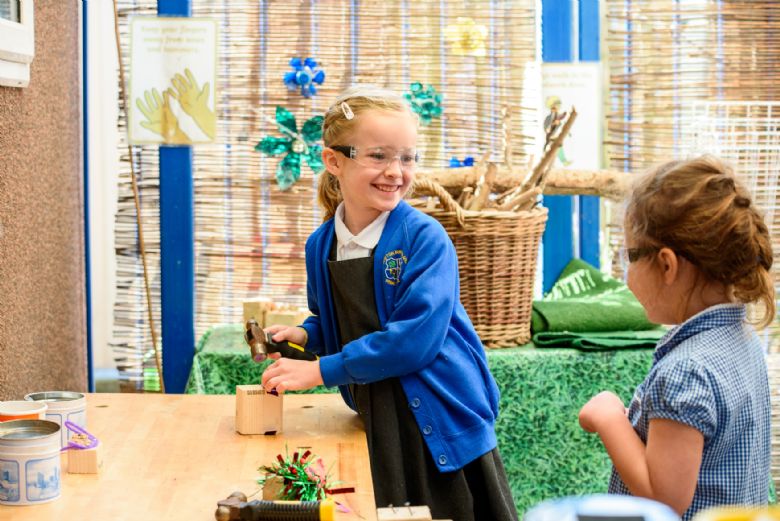
Working safely together in the outdoor woodwork area.
Physical development
Physical development involves providing opportunities for young children to be active and interactive; and to develop their co-ordination, control, and movement. Children must also be helped to understand the importance of physical activity, and to make healthy choices in relation to food
Physical development has two aspects:
Gross Motor Skills • Negotiate space and obstacles safely, with consideration for themselves and others. • Demonstrate strength, balance and coordination when playing. • Move energetically, such as running, jumping, dancing, hopping, skipping and climbing
Fine Motor Skills • Hold a pencil effectively in preparation for fluent writing – using the tripod grip in almost all cases. • Use a range of small tools, including scissors, paintbrushes and cutlery. • Begin to show accuracy and care when drawing.
What does this look like in school?
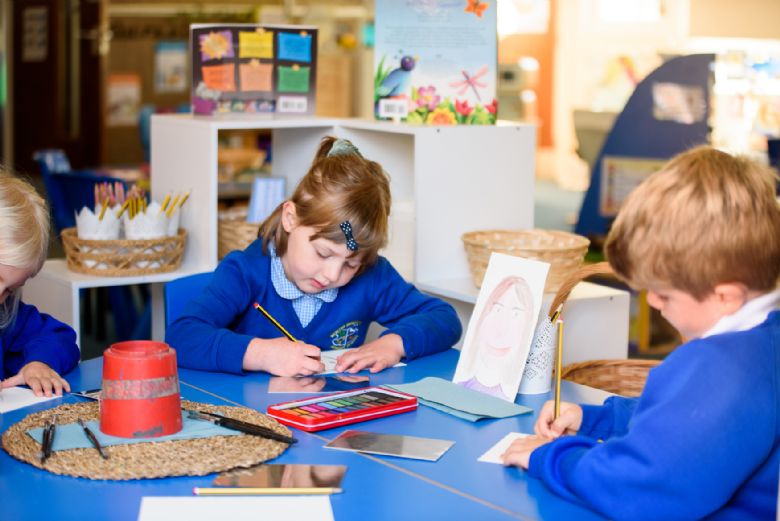
Drawing self-portraits ready to finish with watercolours in a linked provision activity.
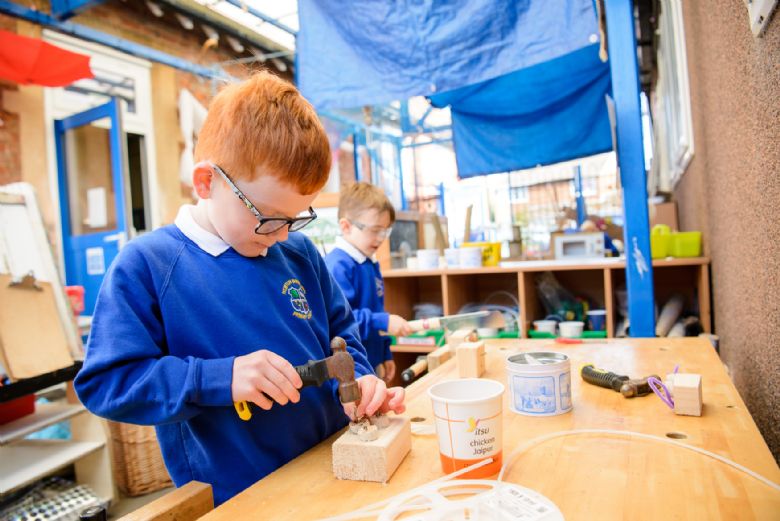
Using loose parts and nails to support fine motor skills using a range of tools.
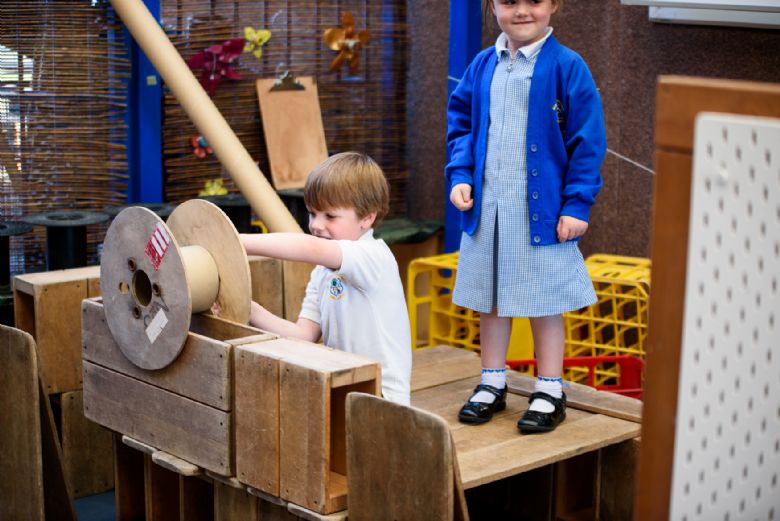
Working on large scale models in the outdoor deconstructed area demonstrating strength, balance and coordination when playing.
Communication And Language
Communication and language development involves giving children opportunities to experience a rich language environment; to develop their confidence and skills in expressing themselves; and to speak and listen in a range of situations
Communication and Language development has two aspects:
Listening, Attention and Understanding • Listen attentively and respond to what they hear with relevant questions, comments and actions when being read to and during whole class discussions and small group interactions. • Make comments about what they have heard and ask questions to clarify their understanding. • Hold conversation when engaged in back-and-forth exchanges with their teacher and peers.
Speaking • Participate in small group, class and one-to-one discussions, offering their own ideas, using recently introduced vocabulary. • Offer explanations for why things might happen, making use of recently introduced vocabulary from stories, non-fiction, rhymes and poems when appropriate. • Express their ideas and feelings about their experiences using full sentences, including use of past, present and future tenses and making use of conjunctions, with modelling and support from their teacher.
What does this look like in school?
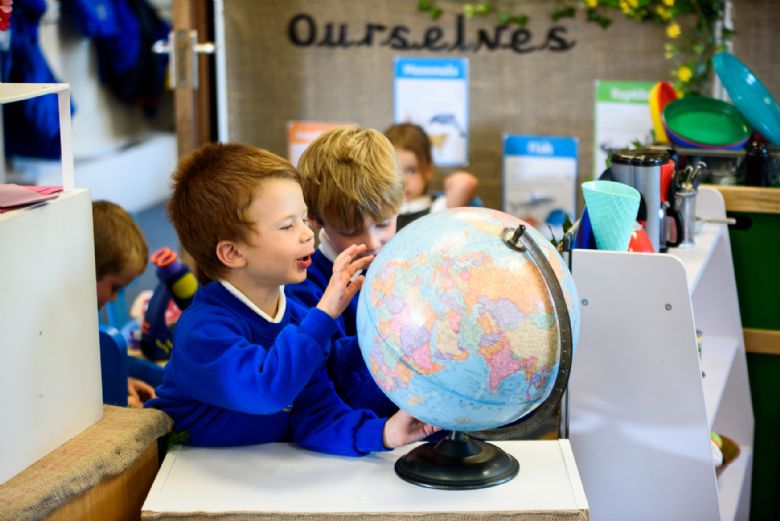
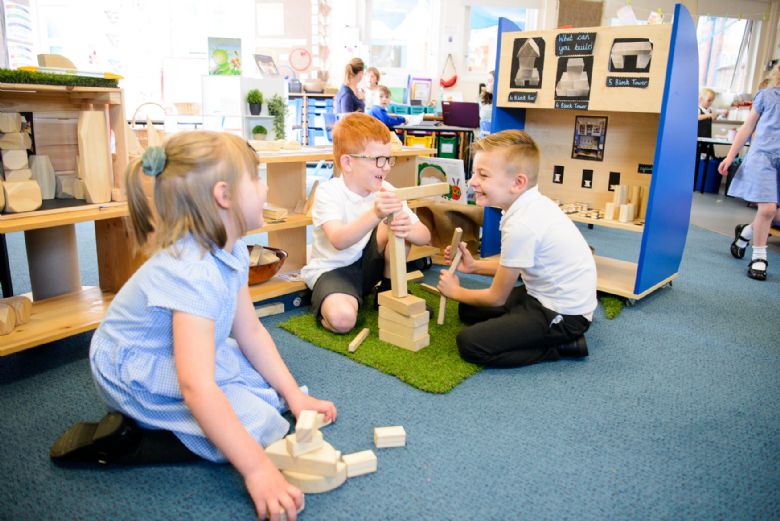
Enjoying being together, talking, exploring and listening to each other.
Literacy
Literacy development involves encouraging children to link sounds and letters and to begin to read and write. Children must be given access to a wide range of reading materials (books, poems, and other written materials) to ignite their interest
Literacy development has three aspects
Comprehension • Demonstrate understanding of what has been read to them by retelling stories and narratives using their own words and recently introduced vocabulary. • Anticipate (where appropriate) key events in stories. • Use and understand recently introduced vocabulary during discussions about stories, nonfiction, rhymes and poems and during role play.
Word Reading • Say a sound for each letter in the alphabet and at least 10 digraphs. • Read words consistent with their phonic knowledge by sound-blending. • Read aloud simple sentences and books that are consistent with their phonic knowledge, including some common exception words.
Writing • Write recognisable letters, most of which are correctly formed. • Spell words by identifying sounds in them and representing the sounds with a letter or letters. • Write simple phrases and sentences that can be read by others.
What does this look like in school?
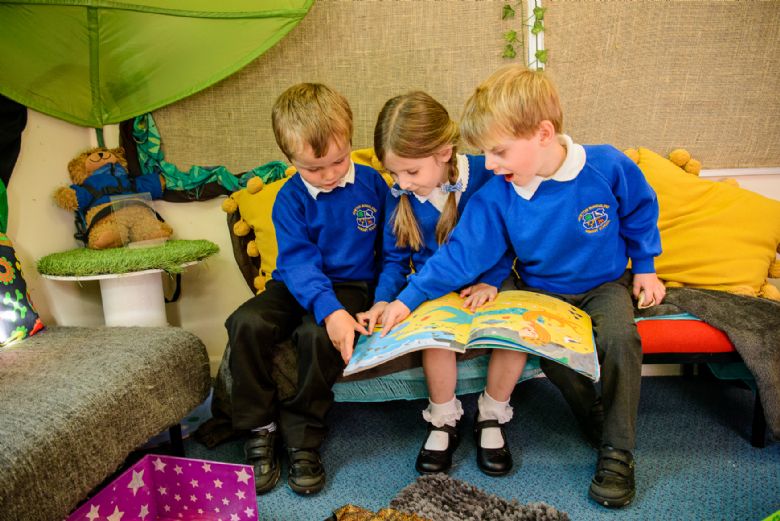
Sharing a favourite book.
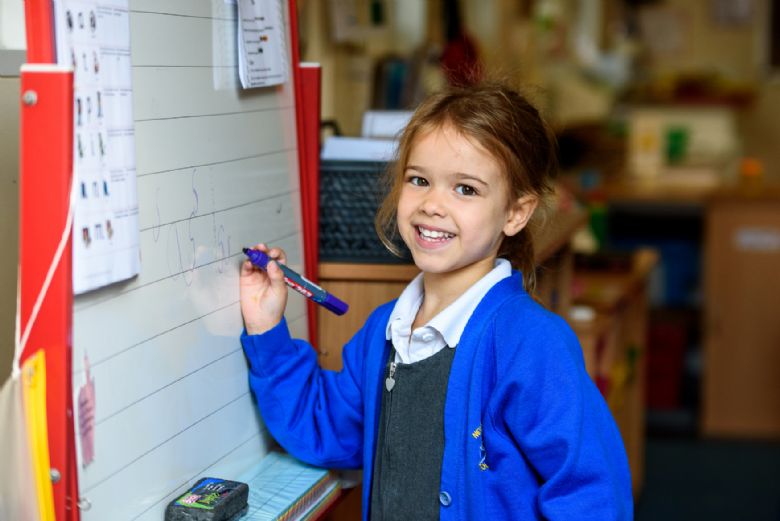
Writing letters to match sounds after a phonics lesson.
mathematics
Mathematics involves providing children with opportunities to develop and improve their skills in counting, understanding and using numbers, calculating simple addition and subtraction problems; and to describe shapes, spaces, and measure
Mathematics development has two aspects
Number • Have a deep understanding of number to 10, including the composition of each number. • Subitise (recognise quantities without counting) up to 5. • Automatically recall (without reference to rhymes, counting or other aids) number bonds up to 5 (including subtraction facts) and some number bonds to 10, including double facts.
Numerical Patterns • Verbally count beyond 20, recognising the pattern of the counting system. • Compare quantities up to 10 in different contexts, recognising when one quantity is greater than, less than or the same as the other quantity. • Explore and represent patterns within numbers up to 10, including evens and odds, double facts and how quantities can be distributed equally
What does this look like in school?
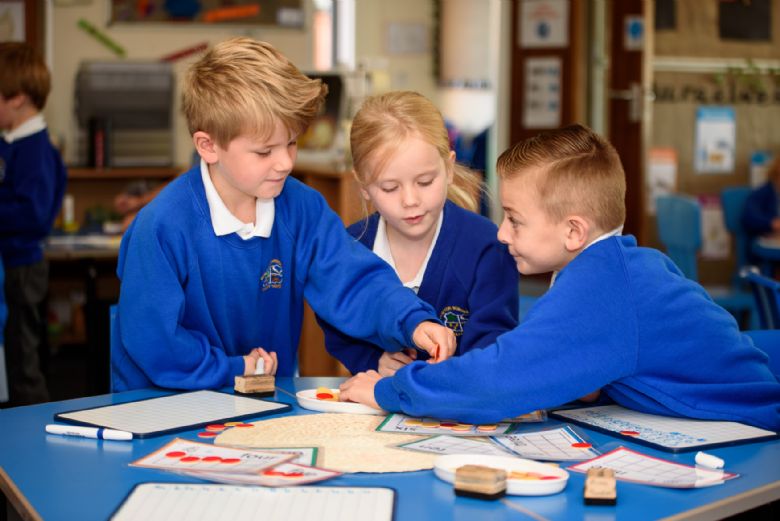 Using tens frames to explore numbers to 10 and number patterns.
Using tens frames to explore numbers to 10 and number patterns.
Understanding The World
Understanding the world (UTW) is one of four specific areas of learning in the EYFS Curriculum Framework.
Understanding the world involves guiding children to make sense of their physical world and their community through opportunities to explore, observe and find out about people, places and the environment
UTW has three aspects;.
Past and Present • Talk about the lives of the people around them and their roles in society. • Know some similarities and differences between things in the past and now, drawing on their experiences and what has been read in class. • Understand the past through settings, characters and events encountered in books read in class and storytelling.
People, Culture and Communities • Describe their immediate environment using knowledge from observation, discussion, stories, non-fiction texts and maps. • Know some similarities and differences between different religious and cultural communities in this country, drawing on their experiences and what has been read in class. • Explain some similarities and differences between life in this country and life in other countries, drawing on knowledge from stories, non-fiction texts and (when appropriate) maps.
The Natural World • Explore the natural world around them, making observations and drawing pictures of animals and plants. • Know some similarities and differences between the natural world around them and contrasting environments, drawing on their experiences and what has been read in class. • Understand some important processes and changes in the natural world around them, including the seasons and changing states of matter.
What does this look like in school?
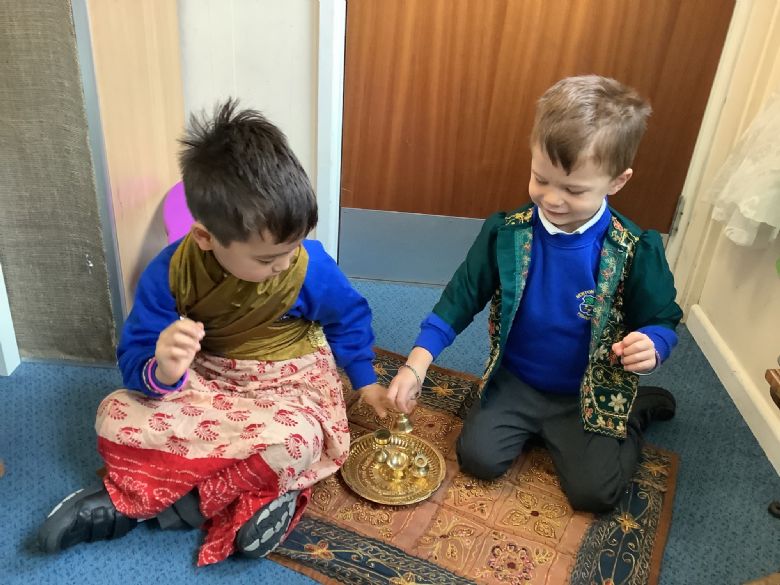
Exploring Diwali through role-play.
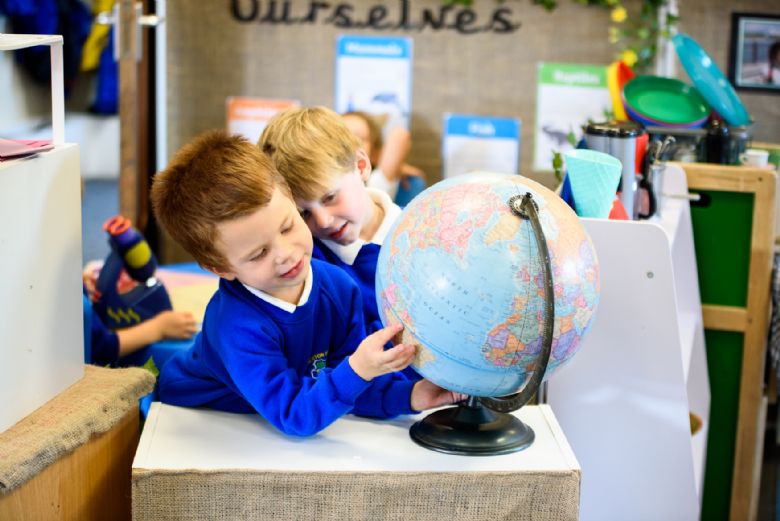
Looking at maps and globes.
Expressive Arts And design
Expressive arts and design involves enabling children to explore and play with a wide range of media and materials, as well as providing opportunities and encouragement for sharing their thoughts, ideas and feelings through a variety of activities in art, music, movement, dance, role-play, and design and technology
Expressive arts and design has two aspects:
Creating with Materials • Safely use and explore a variety of materials, tools and techniques, experimenting with colour, design, texture, form and function. • Share their creations, explaining the process they have used. • Make use of props and materials when role playing characters in narratives and stories.
Being Imaginative and Expressive • Invent, adapt and recount narratives and stories with peers and their teacher. • Sing a range of well-known nursery rhymes and songs. • Perform songs, rhymes, poems and stories with others, and (when appropriate) try to move in time with music.
What does this look like in school?
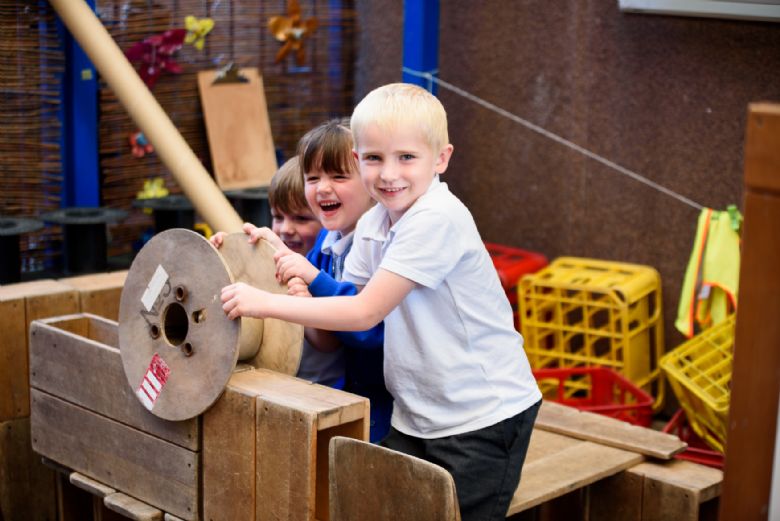
Design and use props and materials when role playing.
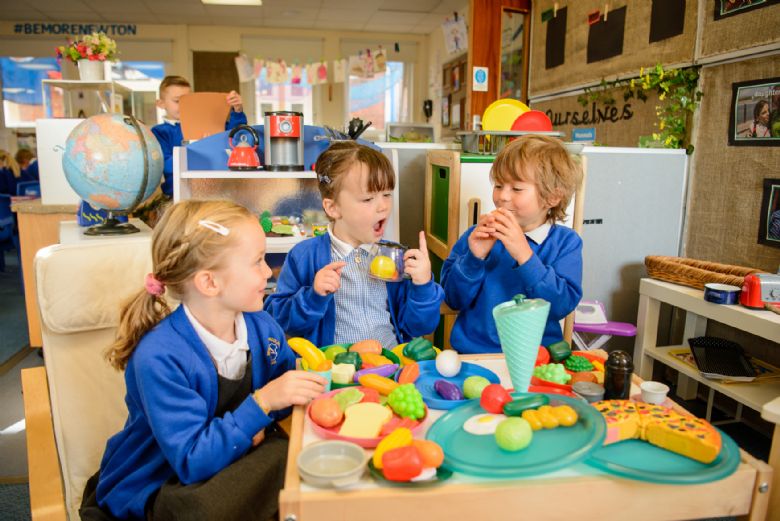
A family feast!






